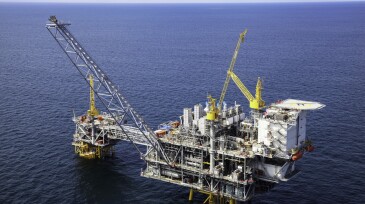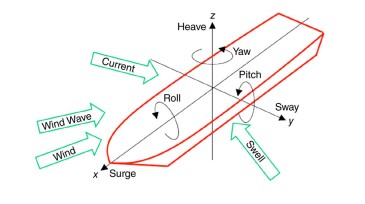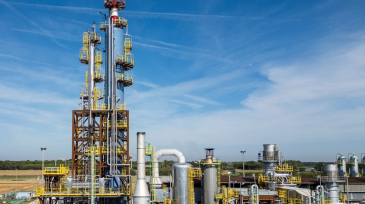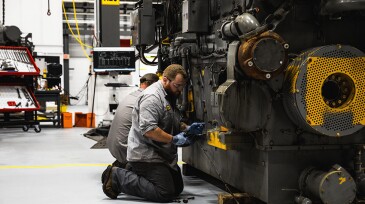Environment
The two companies said they will evaluate the possibility of a joint venture to develop a direct air capture hub in South Texas, with XRG considering investing up to $500 million.
Across Texas, abandoned wells are erupting with chemical-infused liquid and some have created massive lakes of contaminated water. Regulators say they need more money to address the problem.
The company has transformed its former Genesis platform into an artificial reef for marine life off the coast of Louisiana.
-
A study out of the University of Texas at Austin highlights the importance of realistic market thresholds, targeted activism, and the potential for certified markets to drive significant environmental improvements in the industry.
-
This paper aims to emphasize the importance of decision-making based on quantitative monitoring outputs, from both a business perspective and an ecosystem-service perspective, in future offshore projects.
-
This first of a two-part series provides guidelines for designing and operating advanced produced-water systems on offshore platforms, covering fluid characterization, chemical treatment, equipment, process configuration, operations, and effluent quality.
-
This paper describes a new application that leverages advanced machine-learning techniques in conjunction with metocean forecasts to predict vessel motions and thruster loads.
-
The lawsuit claims federal regulators have undermined the Texas oil and gas industry by misusing environmental law, negatively affecting drilling and production.
-
SponsoredIncomplete combustion results in harmful emissions like methane and carbon monoxide. Qube Technologies uses continuous-monitoring sensors to detect and address these issues in real time, reducing methane emissions by 61%.
-
As Hurricane Francine bore down on the central Louisiana coast, production in the Gulf of Mexico took a hit.
-
By repurposing Italy’s depleted Porto Corsini Mare Ovest offshore gas field for CO2 storage, Eni and Italian grid operator Snam have positioned the Ravenna CCS project to play a major role in the EU’s development of more than 50 mpta of CO2 storage capacity by 2030.
-
This study aims to optimize the use of rhamnolipid biosurfactants for enhancing the bioremediation of hydrocarbon-contaminated soil.
-
To choose the right technologies for a gas-compression package, it’s critical for operators to have a clear understanding of their business and greenhouse‑gas emissions-related goals. Operators also need clarity concerning the impact of evolving requirements on total cost of ownership as well as potential financial ramifications.













